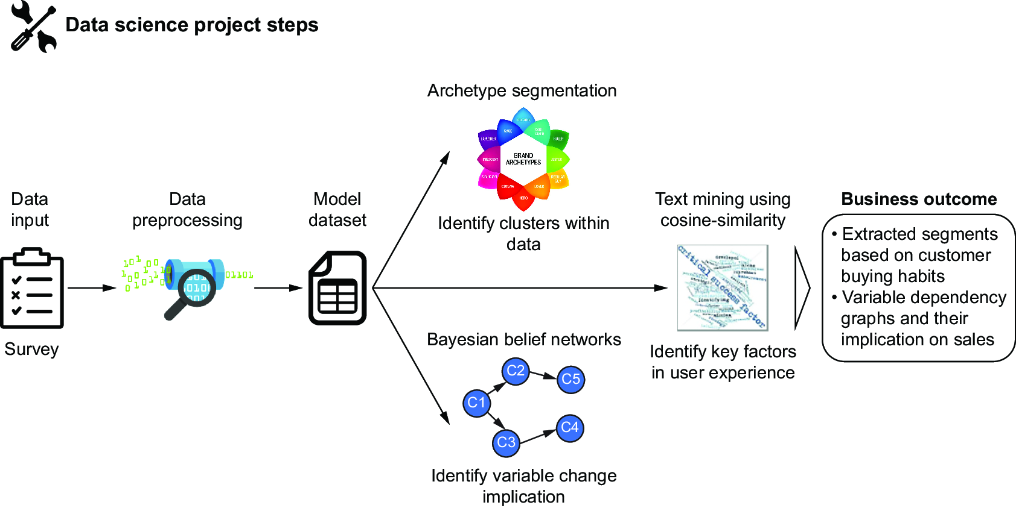
11 End-to-end model deployment
This chapter covers
- The end-to-end model deployment process
- Maintenance of the model postdeployment
- Python codes for each of the steps
The journey is the destination.
The path to learning never ends. It takes a lot of courage, patience, and hard work to learn something. We have to be persistent, resourceful, and always looking for opportunities to learn and excel.
Across all of the chapters so far, you have covered a lot of concepts, techniques, and algorithms. In this last chapter of the book, we are going to discuss the end-to-end model deployment process. We will cover various aspects ranging from a business problem definition, data cleaning, and exploratory data analysis (EDA) to model deployment and maintenance. This end-to-end journey is crucial for you to appreciate the entire process. We will discuss Python codes at all the relevant places.
Welcome to this last chapter, and all the very best!
11.1 The machine learning modeling process
Recall in chapter 1 we briefly discussed end-to-end model development. In this section, we cover each of the respective steps in detail and the most common problems we face with each of them and how to tackle them. It will finally lead to the model deployment phase. Figure 11.1 shows the model development process we follow.
Figure 11.1 The complete machine learning modeling process

The steps in the model development process are as follows: